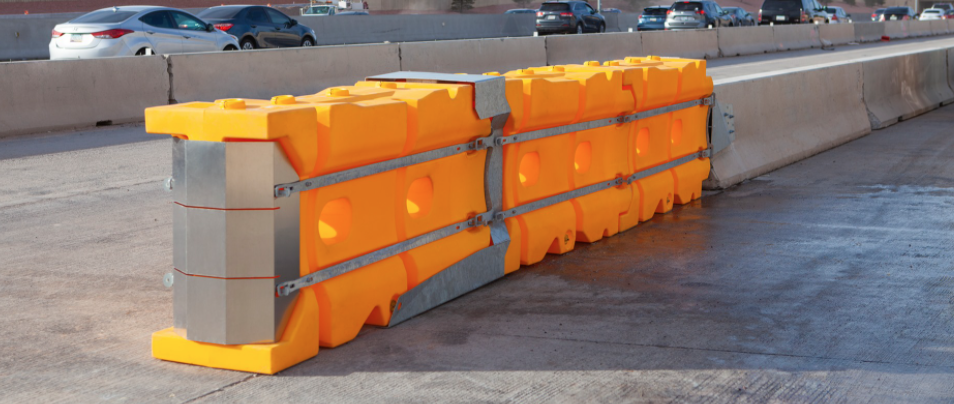High-speed roads are essential for connecting cities and regions, but they come with significant risks. Accidents at high speeds can be severe, leading to serious injuries or even fatalities. To reduce the danger, engineers and road safety experts have introduced innovative safety devices. One of the most effective tools in protecting drivers and passengers is the crash cushion. This article explains how crash cushions work and why they are crucial for road safety.
What is a Crash Cushion?
A crash cushion, also known as an impact attenuator, is a device installed on roads to reduce the severity of accidents. These cushions are usually placed in areas where vehicles are at high risk of collisions, such as near toll booths, bridge supports, or highway exits. The main function of a crash cushion is to absorb the energy from a vehicle collision, reducing the impact on the vehicle and its passengers. By doing so, it can prevent serious injuries and sometimes save lives.
How Crash Cushions Work
Crash cushions are designed to deform or collapse in a controlled way when a vehicle hits them. This deformation absorbs much of the energy generated during the crash. Instead of a vehicle abruptly stopping against a hard barrier, the crash cushion slows it down gradually. Some crash cushions use sand, water, or other materials to absorb impact, while others are made of metal or plastic structures engineered to crush safely. Regardless of the design, the goal is the same: minimize the force that reaches the driver and passengers.
Strategic Placement of Crash Cushions
The effectiveness of a crash cushion depends not only on its design but also on its placement. Road safety engineers carefully analyze traffic patterns and accident history to determine the most dangerous spots. Common locations for crash cushions include the ends of guardrails, concrete barriers, or fixed structures near the road. By placing them at high-risk points, these devices provide a protective buffer that can significantly reduce the severity of crashes.
Benefits of Crash Cushions
The primary benefit of a crash cushion is the protection it offers to drivers and passengers. By absorbing the impact energy, these devices prevent or reduce serious injuries. Crash cushions also protect pedestrians and workers near construction zones or roadworks. Additionally, they help prevent vehicles from bouncing back into traffic, which can cause secondary accidents. Over time, the use of crash cushions has been shown to lower accident-related fatalities and injuries on high-speed roads.
Maintenance and Durability
Crash cushions are built to withstand multiple impacts and harsh weather conditions. However, they require regular inspection and maintenance to ensure they remain effective. After a collision, some crash cushions may need repair or replacement, depending on the severity of the impact. Proper maintenance ensures that these safety devices continue to function correctly, providing ongoing protection for drivers.
Enhancing Overall Road Safety
Crash cushions are part of a larger strategy to make high-speed roads safer. Along with proper signage, road markings, guardrails, and speed control measures, these devices help create a safer driving environment. They reduce the consequences of human error and vehicle malfunctions, making highways safer for everyone. Investing in crash cushions is an investment in human life and public safety.
Conclusion
High-speed roads are essential for modern transportation, but they carry inherent risks. Crash cushions play a vital role in enhancing safety by absorbing collision energy, reducing the severity of accidents, and protecting lives. Strategic placement, proper maintenance, and effective design make crash cushions an indispensable feature on highways and busy roads. As technology continues to advance, these safety devices will become even more effective, ensuring safer journeys for all drivers.

